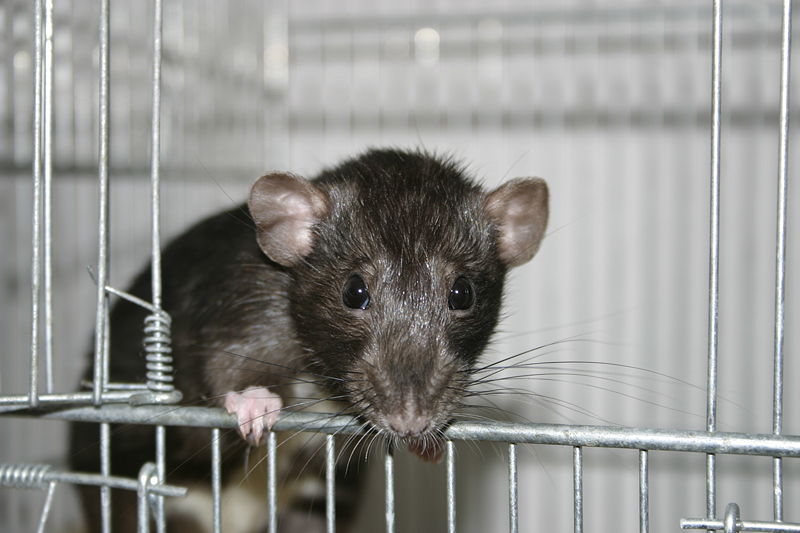Bill Bryson Shines a Light on Rats and Other Pests in His History of the Home
One of the scenes in my new novel, The Puzzle People, features an escape through the Berlin sewer system–a scene based on an actual escape that took place on October 12, 1961. In my version of the escape, however, I decided to include something that I didn’t find in the history books–rats!
“Their two flashlight beams bounced crazily off the narrow brick walls, and Katarina caught sight of more rats. The vermin were busy this evening. Suddenly, as they moved along the narrowest stretch, something landed on her back–two “somethings”–and she couldn’t help but shout. She twisted around and swatted one off her shoulder, but the other leaped for her face.”
I recently learned that rats are quite good at leaping. For as Bill Bryson notes in his book, At Home: A Short History of Private Life, “A motivated rat can leap as high as three feet–high enough to be considerably unnerving if it is coming your way and is out of sorts.”
Bryson’s book is a delightful history of the home–although it’s hard to describe it as entirely “delightful” when it includes four pages on the history of rats in the home. In this book, he goes room from room, illuminating the history of just about anything you can find in a house, from electricity and spices to sleeping people, glass windows, and rats.
Bryson offers these nuggets on the history of rats:
–Once in a domestic environment, most rats show little fear “and will even deliberately approach and make contact with motionless persons. They are particularly emboldened in the presence of infants and the elderly.”
–“The average adult female Norway rat produces 35.7 offspring a year in litters of 6 to 9 at a time. In the right conditions, however, a female rat can produce a new litter of up to 20 babies every three weeks. Theoretically, a pair of breeding rats could start a dynasty of 15,000 new rats in a year. That doesn’t happen in practice, because rats die a lot.”Â
–“Rats are smart and often work cooperatively. At the former Gansevoort poultry market in Greenwich Village, New York, pest control authorities could not understand how rats were stealing eggs without breaking them, so one night an exterminator sat in hiding to watch. What he saw was that one rat would embrace an egg with all four legs, then roll over on his back. A second rat would then drag the first rat by its tail to their burrow, where they would share their prize in peace.”
Bryson’s history lesson also covers mice and other household pests, describing one incredible outbreak of mice in 1917 in the town of Lascelles in Western Victoria. For a brief period, mice became so numerous that the tops of chairs and beds were completely covered with brown, scurrying creatures. “The people are sleeping on tables to avoid the mice,” one newspaper reported.
Equally amazing, Bryson reports that a normal adult mouse can “squeeze through an opening just three-eighths of an inch wide.”
If I had known that fact, maybe I would not have made a mistake the time I spotted a mouse in our bathroom and assumed it had become stuck in a very small crack at the base of our sink. I thought the mouse had become trapped and died because it wasn’t moving. So I retrieved a shoebox to get rid of the mouse cadaver. But when I used a stick to knock the mouse into the shoebox, it suddenly came alive. This “mouse” spread out its wings, opened its horrible V-shaped mouth, and let out a chatter of clicking sounds.
I realized that I hadn’t awakened a mouse. I had awakened a bat–which is another story entirely.
By Doug Peterson

